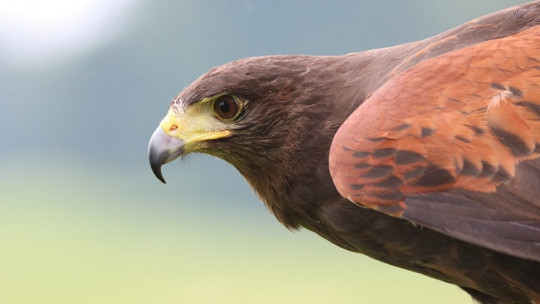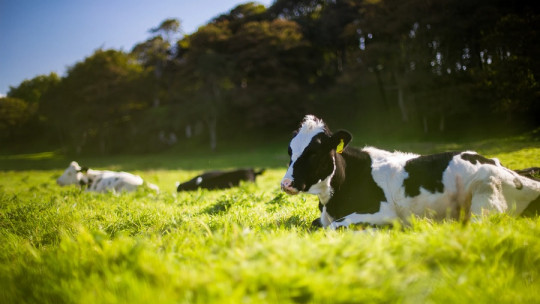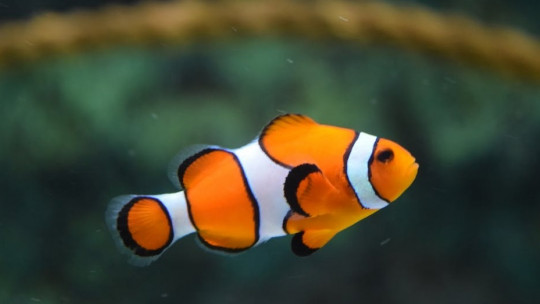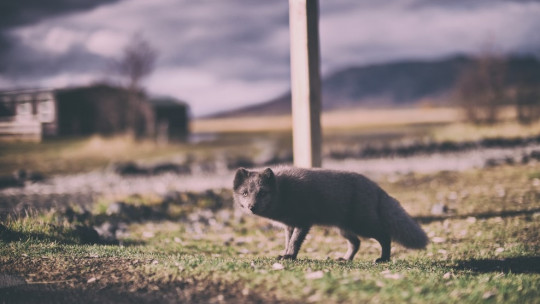
Phobias are irrational and persistent fears, which can considerably affect a person’s quality of life. Many of them have an animal or group of animals as their phobic stimulus, as is the case of agrizoophobia, that is, the phobia of wild animals.
In this article we will learn what is meant by a wild animal, examples of them, as well as the symptoms, causes and treatments of agrizoophobia.
Agrizoophobia: what does it consist of?
Agrizoophobia is the phobia of wild animals Like any phobia, it translates into an unjustified, irrational and intense fear of the phobic stimulus. It is a specific phobia, classified as such in the DSM-5 (Diagnostic Manual of Mental Disorders). Let us remember that phobias are anxiety disorders, and that they are the most prevalent anxiety disorders in the general population.
Specifically, we can place agrizoophobia within animal phobias, one of the 5 groups of phobias proposed by the DSM-5, along with: phobia of natural environments, situational phobia, phobia of injections/blood/wounds and other phobias.
But what exactly are wild animals? What are some of them? Let’s explain it to understand this type of phobia in more detail:
Wild animals
Wild animals are animals that live in freedom and have not been domesticated by humans They can live in water, air or land; That is, there are different types of them. Examples of wild animals are: lion, tiger, shark, elephant, giraffe, leopard, wolf, crocodile, etc. As we see, each one has a specific natural habitat and a surface where they are accustomed to living.
It is difficult for a wild animal to become domestic, although there have been cases of people who have “domesticated” them or live with them: for example, this is the case of a woman living in Florida who has a tiger as a “pet.” However, it is not usual by any means, since these animals usually need a wild and outdoor life, without control by humans.
Danger is often associated with wild animals. This is because some of them are, especially when they are attacked, disturbed or interfered with in their natural habitat. However, In agrizoophobia the danger is not real, or is not high enough to explain the symptoms that the phobia itself triggers
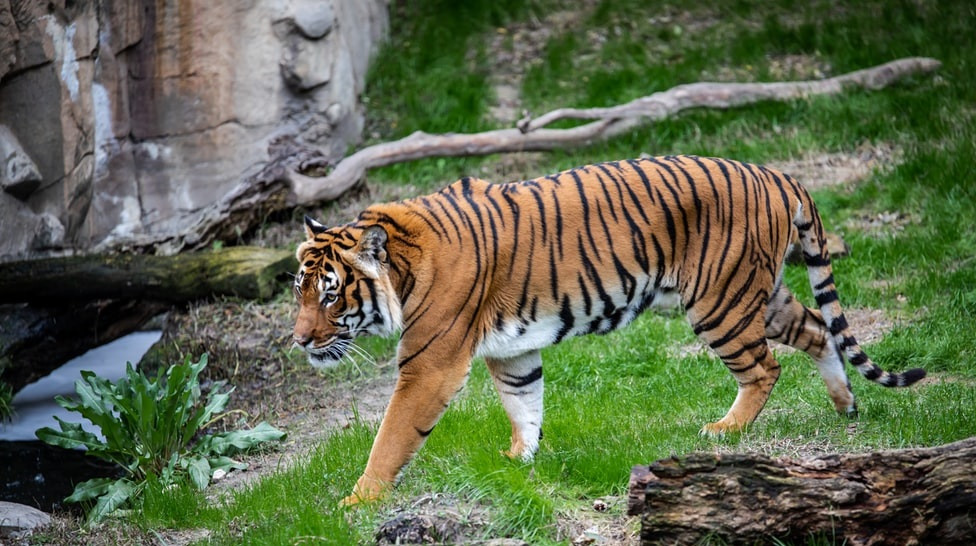
Symptoms
The symptoms of agrizoophobia consist of an intense and disproportionate fear of wild animals, together with other associated psychophysiological symptoms: for example dizziness, nausea, vomiting, overexcitement, nervousness, agitation, sweating, feeling short of breath, losing control, anxiety …
Normally, however, these last symptoms do not appear unless the patient with agrizoophobia manifests a panic attack associated with the presence (or imagination) of this type of animals. Let’s specify the symptoms of this phobia a little more.
1. Disproportionate fear
The intense fear of intense animals that agrizoophobia implies is, furthermore, disproportionate; This means that, although logically it may be thought that a wild animal can cause fear (because it can cause harm), in agrizoophobia fear appears even when the animal cannot cause harm (in a zoo, for example) or when it cannot cause harm. It is present (in the imagination).
2. Irrational fear
That is, in agrizoophobia the real danger does not exist (or is not serious enough to justify the symptoms). Thus, it is an irrational fear (as in any specific phobia). This irrationality can be contemplated by the patient himself (that is, he himself can realize that the fear is irrational); However, he is unable to cope with the phobia.
3. Avoidance/resistance of the phobic stimulus
Other symptoms of agrizoophobia consist of: avoidance of the phobic stimulus (in this case, wild animals); Furthermore, avoidance is also extrapolated to situations or environments where a wild animal can be seen (for example, zoos, natural parks, etc.).
If, on the other hand, the phobic stimulus is faced, a symptom that may appear is resistance to it; That is, the patient with agrizoophobia faces the animal (he sees it, approaches it, touches it…) but with extreme anxiety.
4. Global impact
Finally, another characteristic symptom of agrizoophobia is an impairment of the person’s global and daily functioning, who loses quality of life and may stop doing things that they would do under normal conditions, due to their phobia.
Additionally, the person feels clinically significant discomfort.
Causes
The causes of agrizoophobia are related to an ancestral and evolutionary response of the organism, to protect yourself from danger. That is, evolutionarily animals and people “learned” to protect themselves from certain stimuli, such as wild animals. It is logical to think that a wild animal can cause us physical harm, because this can happen; For example, let’s think about lions, tigers, wolves, crocodiles…
These mechanisms that we talked about as a possible cause of agrizoophobia were useful for the survival of the species; However, currently, in agrizoophobia the mechanisms are dysfunctional and maladaptive, since they do not respond to a “real” or sufficiently serious danger.
On the other hand, these mechanisms are related to other types of related phobias, for example phobia of snakes, phobia of scorpions, phobia of spiders, etc. Thus, as the cause of agrizoophobia we find a response of the organism as a protective measure against harmful or unknown agents (in this case, wild animals). This response may be unconscious.
Other causes of agrizoophobia are related to traumatic experiences with animals (whether wild or not, although especially with wild ones); For example, a dog bite, an animal attack, etc.
After experiencing something like this, the person can perfectly develop such a phobia, as a protection mechanism. We also find among its causes having witnessed the attack of a wild animal on another person (vicarious conditioning), having heard related stories from others, etc.
Treatment
Agrizoophobia can be treated with psychological therapy, mainly through two types of techniques: exposure techniques and cognitive techniques With exposure (the therapy of choice for specific phobias), the subject will be exposed to these animals, gradually.
The exposure can be of different types: symbolic (through images, videos, in imagination…), through virtual reality, live (through going to a zoo, for example), simulated (through behavioral tests ), etc. Your choice will depend on the characteristics, needs and preferences of the patient with agrizoophobia.
On the other hand, cognitive therapy will be used to modify irrational and/or dysfunctional thoughts associated with wild animals; The goal is for the patient to “understand” that he does not have to be in danger, and that his fear is disproportionate. Through this type of therapy, effective coping strategies will also be encouraged in the patient to deal with the phobic stimulus.

